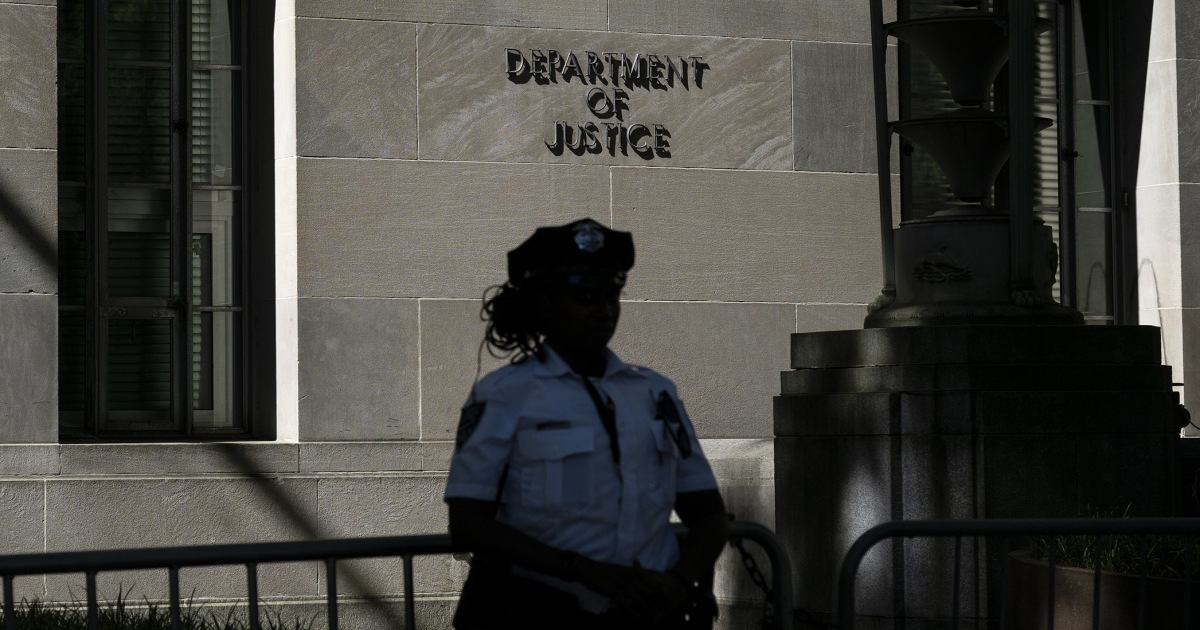LAS VEGAS — Parts of Arizona, Nevada and Texas just endured their hottest June on record, where sweltering conditions shattered several long-standing marks.
The broken records herald yet another summer of extremes — both in the U.S. and around the world — and offer a worrisome outlook for the weeks and months ahead, as July and August are typically the hottest months of the year in the Northern Hemisphere.
In Phoenix, an average temperature of 97 degrees Fahrenheit made it the hottest June in the city’s more than 100 years of temperature records, according to the National Weather Service.
Last month beat the previous record, set in June 2021, by almost 2 degrees. Phoenix’s Sky Harbor Airport recorded 14 days in June at or above 110 degrees, the weather service said.
The scorching conditions have already taken a toll. So far this year, there have been 13 heat-related deaths in Maricopa County, which includes Phoenix and many of its suburbs. Another 162 deaths are under investigation, according to the county’s Public Health Department.
Last year, a record 645 people died from heat-related causes in Maricopa County, in what was an extraordinary year for extreme heat in the region. Temperatures of 110 degrees or above were recorded for 31 consecutive days in Phoenix last summer, breaking an 18-day streak that was set in 1974.
And July is already off to a rough start, with 110 million people across 21 states under heat warnings and watches for the Fourth of July holiday period.
Brutal heat was felt throughout the Southwest last month.
In neighboring Nevada, Las Vegas sizzled to its own temperature record in June.
“Almost any way you slice it, June 2024 was the hottest ever in Las Vegas,” the local office of the National Weather Service wrote Sunday on X. The previous record was set eight years ago, in 2016.
Triple-digit temperatures were recorded nearly every day last month, the weather service said. The average temperature in June was 94.6 degrees, which was 7 degrees above normal and 1.8 degrees hotter than the previous record, according to the National Weather Service.
The heat was also persistent. The average high temperature hit 106.2 degrees, and the average low temperature touched 83 degrees, meaning the city had little relief from the heat even overnight.
Heat waves are expected to be more common as a result of climate change. Studies have shown that as the world warms, heat waves will be more frequent, longer and more intense.
But it wasn’t just the new milestones that were notable, the National Weather Service said.
“What’s more impressive is how much we beat the old records by,” the National Weather Service wrote on X, adding that June’s average high temperature beat the previous record by 1.2 degrees, a bigger margin than separates second and eighth place.
It was a scorching June in West Texas, as well. El Paso had its hottest June on record, breaking a record that had stood for 30 years, according to the National Weather Service.
The average temperature in the border city hit 89.4 degrees, which was 0.4 degrees warmer than the previous record set in 1994.
Extreme heat is expected to persist this week across the West Coast and parts of the South. Heat advisories and excessive heat warnings are in effect in Washington state, Oregon, California, Arizona, Nevada, Texas, Oklahoma, Missouri, Arkansas, Louisiana, Mississippi, Alabama, Tennessee, Kentucky, Georgia and Florida.
Denise Chow is a reporter for NBC News Science focused on general science and climate change.

 11 months ago
11 months ago
 (200 x 200 px).png)








 English (US) ·
English (US) ·